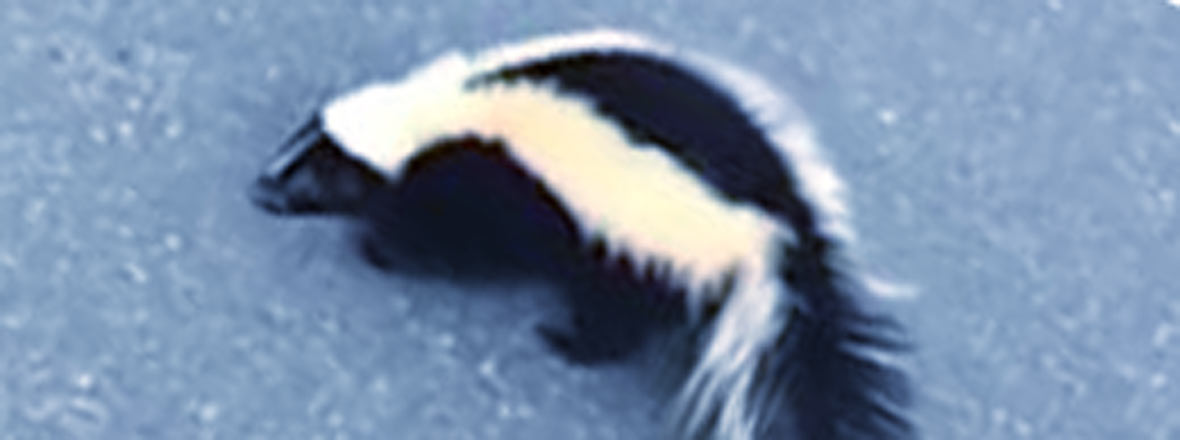Do skunks warn before spraying?
The spray of the skunk is an oily liquid that is being produced in the glands that are found within the tail. The skunk will eject the liquid if it is being threatened by predators. The skunks will not use this spray like an offensive device, but it is a self-defense device used when it is frightened. The skunk displays warning signs before it can spray. They include the stomping of the feet, the raising of the tail and running towards the threat, stopping, squealing and hissing. Some types of skunks will do handstands before they spray to warn its predators. After all these behaviors, then the skunk will decide to turn around to spray.

There are over 5 types of skunks and some of them will overlap. You can cross the path of the skunks if they are retiring to go back to their logs, brush piles or burrows to sleep. As a nocturnal species, they are active from dusk up to dawn. Skunks are opportunistic omnivores, which means that they will be foraging for whatever they will be finding around. It can be lizards, eggs, small mammals and insects.
The skunks do not have to hide from predators. Their spray is enough for them. They have bright colors that advertise who they are and that it is better to be left on their own. Before they decide to spray, they will give many warning signs, and when the skunk is surprised, the skunk will freeze and shoot the tail straight in the air. They will get their rear up at their back legs and then they will stomp on the ground with their front feet or they may go with a head stand. If you see a skunk getting adjusted, then it will be time to go away, and do not make noise since loud noises will encourage the skunk to spray faster. Keep in mind that even babies are able to spray.
When you miss the signs of the skunk, it is still possible to avoid being sprayed. If the skunk is threatened and wishes to spray, then it will turn its back to do it. However, it is also able to spray in the headstand position. The skunk is able to spray accurately for at least eight feet while the spray may emit a fine mist at a lower concentration or a thick stream with a high concentration. When the skunk makes such a movement, then you can dive backward or sideways to avoid being sprayed.
When you have been sprayed, then you should do whatever it takes to break down volatile compounds and to turn them into compounds without odor. You can neutralize this odor using oxidizing products, and one of these products is a mixture of hydrogen peroxide, dish detergent and baking soda. A pet skunk has its glands removed when it is a few weeks old. A pet skunk will need regular care and to be kept in a good environment. The skunk can make a sweet, fun, and loving pet.
You may also want to read:
Go back to the Skunk Removal home page or email us for more info about Do skunks warn before spraying?

